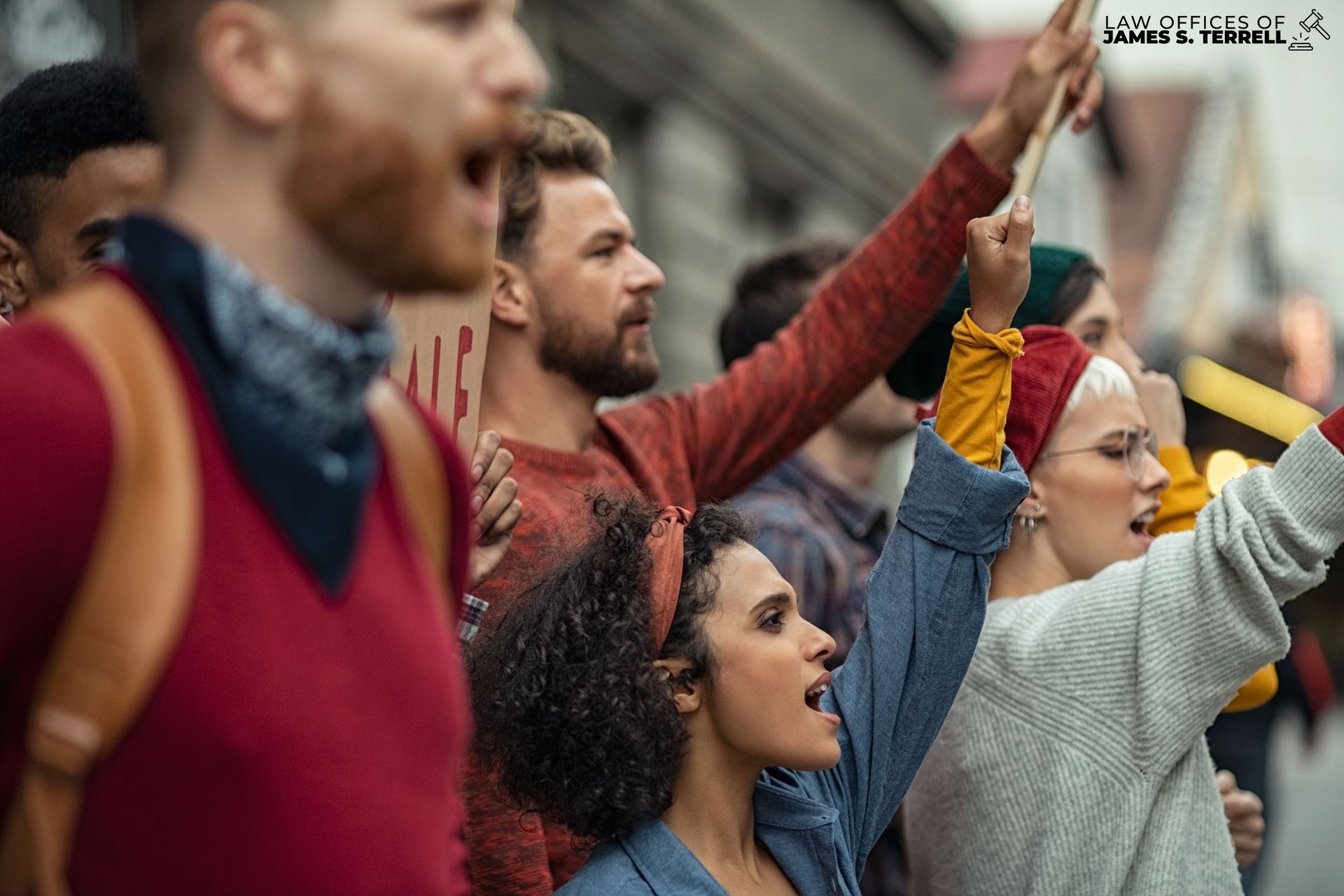✆ (760) 951-5850 | Call Now For a Consultation

Exploring Restorative Justice Approaches to Addressing Police Brutality in California
The Harsh Reality of Police Brutality in California

Police brutality is a pervasive issue that continues to plague communities across California, disproportionately affecting marginalized populations and eroding trust in law enforcement. Traditional punitive measures often fail to address the underlying causes of police misconduct and do little to heal the wounds inflicted on victims and their communities. In recent years, there has been a growing recognition of the need for alternative approaches to addressing police brutality, with a focus on restorative justice. This guide delves into the principles of restorative justice and explores how these approaches can be applied to address police misconduct in California, fostering healing, accountability, and reconciliation.
Understanding Restorative Justice
Restorative justice is a philosophy and approach to justice that prioritizes repairing the harm caused by wrongdoing, rather than simply punishing offenders. At its core, restorative justice seeks to involve all stakeholders affected by a crime or wrongdoing, including victims, offenders, and the community, in a process of dialogue, accountability, and healing. By emphasizing empathy, dialogue, and mutual respect, restorative justice aims to address the root causes of crime and restore relationships, rather than perpetuating cycles of punishment and retribution.
Applying Restorative Justice Principles to Police Brutality
When applied to cases of police brutality, restorative justice offers a transformative alternative to traditional punitive measures. Instead of focusing solely on punishing offending officers, restorative justice approaches seek to address the harm caused to victims and communities, while also holding law enforcement accountable for their actions. This can involve a range of restorative practices, including facilitated dialogues between victims and offenders, community conferences, and restorative circles.
What Exactly Is Restorative Justice, And How Does It Differ From Traditional Punitive Approaches To Addressing Crime?
Restorative justice is a philosophy and approach to addressing crime that focuses on repairing the harm caused by wrongdoing rather than solely punishing offenders. Unlike traditional punitive approaches, which often prioritize punishment and isolation of offenders, restorative justice seeks to involve all stakeholders affected by a crime—including victims, offenders, and the community—in a process of dialogue, accountability, and healing.
At its core, restorative justice emphasizes three key principles: accountability, healing, and community involvement. Instead of viewing crime as a violation against the state, restorative justice recognizes it as harm done to individuals and relationships. As such, it prioritizes the needs and experiences of victims, providing them with opportunities to voice their concerns, express their needs, and participate in decision-making processes.
Restorative justice also holds offenders accountable for their actions by encouraging them to take responsibility, make amends, and repair the harm caused. This can involve direct engagement with victims, restitution, community service, or other forms of reparative action.
Overall, restorative justice aims to promote healing and reconciliation while addressing the root causes of crime and restoring relationships within the community. It offers a more holistic and inclusive approach to justice that focuses on repairing harm, fostering empathy, and promoting meaningful change.
Empowering Victims and Communities
Central to restorative justice approaches is the empowerment of victims and communities affected by police brutality. Instead of being passive participants in the criminal justice system, victims have the opportunity to voice their experiences, express their needs, and participate in the decision-making process. By centering the experiences and perspectives of victims, restorative justice empowers them to seek accountability, healing, and closure in a way that traditional criminal proceedings often fail to provide.
Fostering Accountability and Rehabilitation
Restorative justice approaches also emphasize the importance of accountability and rehabilitation for offending officers. Instead of simply punishing officers through disciplinary measures, restorative justice seeks to hold them accountable for their actions while also providing opportunities for reflection, learning, and personal growth. This can involve participation in restorative processes, acknowledgment of wrongdoing, and commitments to behavioral change and reparative actions.
Building Trust and Reconciliation
Perhaps most importantly, restorative justice approaches aim to rebuild trust and promote reconciliation between law enforcement agencies and the communities they serve. By fostering open dialogue, transparency, and mutual understanding, restorative justice creates opportunities for meaningful interactions between police officers and community members, leading to greater empathy, trust, and collaboration. This can help to break down barriers, reduce tensions, and pave the way for long-term systemic change.
Examples of Restorative Justice Initiatives in California
Across California, there are numerous examples of restorative justice initiatives being implemented to address police brutality and promote healing and reconciliation. These initiatives may include community-led restorative justice circles, mediation programs between victims and law enforcement agencies, and restorative justice training for police officers and community members alike. While still in the early stages, these initiatives show promise in fostering meaningful dialogue, accountability, and transformation in the aftermath of police misconduct.
Challenges and Considerations
Despite its potential benefits, implementing restorative justice approaches to address police brutality in California is not without its challenges. These may include resistance from law enforcement agencies, skepticism from community members, and the need for adequate resources and support. Additionally, there are complex legal and procedural considerations that must be navigated to ensure fairness, transparency, and accountability in restorative justice processes.
In the face of ongoing police brutality and systemic injustice, restorative justice offers a beacon of hope for healing, accountability, and reconciliation in California. By centering the experiences and needs of victims and communities, fostering accountability and rehabilitation for offending officers, and promoting trust and reconciliation between law enforcement agencies and the communities they serve, restorative justice approaches have the potential to transform the landscape of policing and justice in California. As we continue to explore and embrace these principles, we can work towards a future where justice is truly restorative, inclusive, and equitable for all.
SERVICE AREAS
San Bernardino County | Los Angeles | Victorville | Kern | Santa Ana | Anaheim | Long Beach | Riverside | Palm Dale | Palm Springs | San Diego

All Rights Reserved | Law Offices Of James S. Terrell
15411 Anacapa Rd, Victorville, CA 92392, United States of America, (760) 951-5850
Website Managed by
Leads By Vinny







